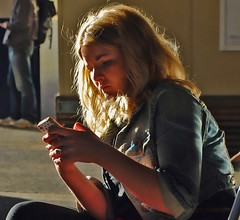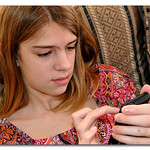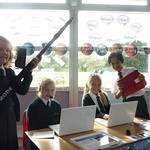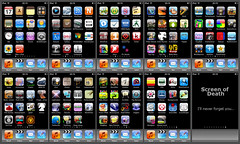 Emma, 14, describes how she and two friends created the Story Wall app.
Emma, 14, describes how she and two friends created the Story Wall app.
The Story Wall was created by me and my classmates Teigan and Joe. We originally came up with the idea to help people with writing stories and how people can get stuck when writing a story. The name was created by thinking how walls and stories are everywhere and how a story could be written on a wall, but the name just came to us and sounded right.















